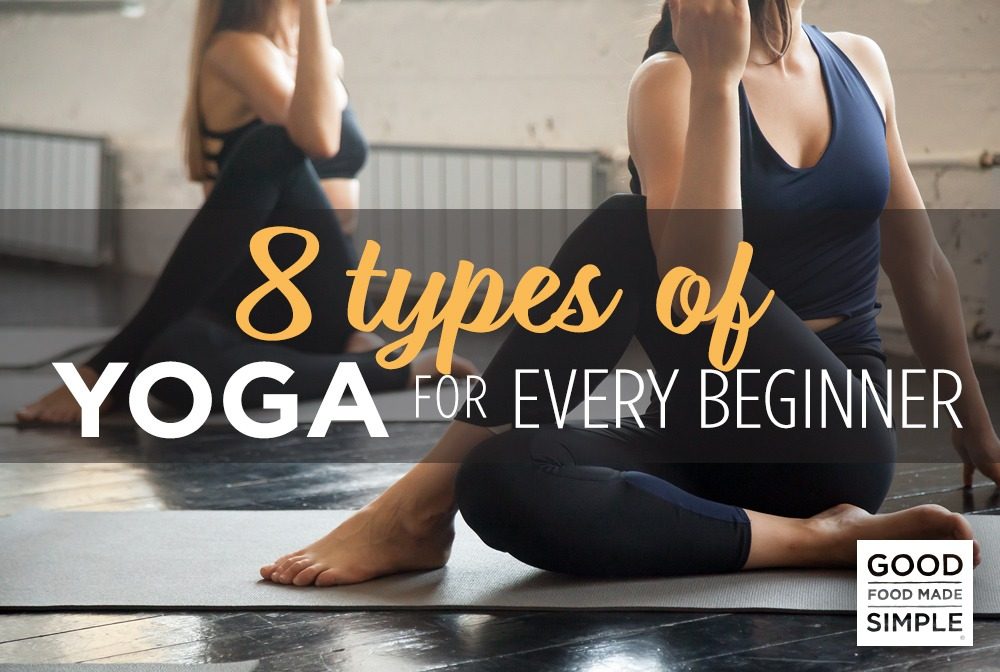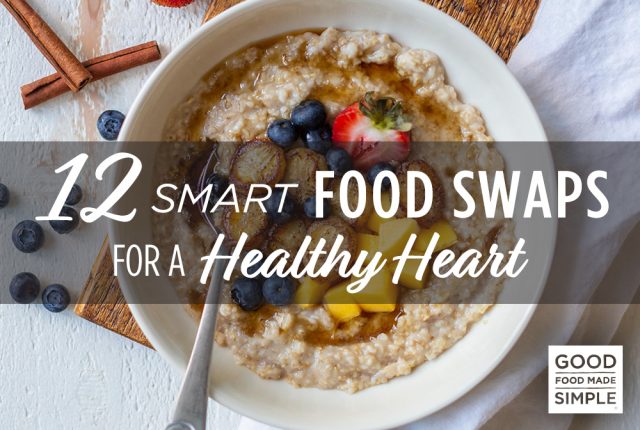
25 Active Date Ideas
While going on dates can certainly be fun, a typical night out with a romantic partner often ends up being focused on eating ...
read more
New to yoga and not sure where to start? Then begin here.
Below is a guide to different types of yoga so you can learn what style might be a great fit for you. We’ll explain the unique components of each style so you can start your journey into this mind-body practice on the right foot.
Yoga literally translates to “union.” No matter your reason for coming to your mat, yoga is such a powerful practice because it unites the mind, body, and spirit.
People do yoga for dozens of reasons, ranging from increased flexibility and strength to reducing stress and anxiety. Interestingly, the reason many people start practicing yoga often changes over time. Many begin looking for the physical benefits (you do a lot of pushups in disguise!) and then discover that the mental and spiritual benefits yoga provides end up being the real reward.
The benefits of yoga are backed by science, too. Various studies show that yoga is just as effective as other types of exercise to reduce the risk of heart disease. Another study found that a regular yoga practice led to losing weight, decreasing blood pressure, and lowering the “bad” HDL cholesterol. Other research points to a connection between yoga and a reduction in chronic pain, obesity, asthma, and depression. Lastly, scientists have discovered that yoga changes the brain, which suggests multiple mental health benefits to rolling out your mat.
This ancient practice has spiraled off into many different styles that each approach yoga in a unique way. And don’t worry if you’re a beginner; yoga teachers are trained to provide extra attention to newer students and make sure the body is safely aligned. Just make sure to tell the instructor you are a beginner when you sign in at the front desk.
Vinyasa
Vinyasa is one of the most popular styles of yoga. In class, the Vinyasa teacher will create a sequence so the student moves smoothly from pose to pose, with the intention of linking each inhale and exhale to every shape. Vinyasa classes focus on getting the heart rate up, so you’re guaranteed to leave the room a bit sweaty! The design of each class also tends to vary, since the instructor creates a different flow that will link the various poses together. This diverse movement helps prevent repetitive motion injuries that might pop up if you do the same type of movement every day.
Anusara
Anusara is a newer form of yoga that is quickly gaining recognition. The word “anusara” roughly translates to“flowing with grace,” “going with the flow,” or “following your heart.” Many teachers will create a class with a vinyasa flow style but will have students hold certain postures for a longer time to build heat, reinforce good alignment, and link the spiritual intention from the mind into the body.
Bikram
If you really want to sweat, Bikram yoga might be up your alley. Developed by a man named Bikram Choudhury, this type of yoga is held in an artificially heated room, typically between 95–108 °F with a humidity of 40%. In the routine 90-minute class, you’ll move through 26 poses, holding each pose for numerous slow breaths. A Bikram class always follows the same sequence, so beginners will easily catch on after a few classes. Since the room is guaranteed to be hot and steamy, definitely bring a water bottle filled with electrolytes and a towel for your mat to prevent slipping and sliding.
Restorative
If you want to slow down and offer your muscles some juicy stretches, restorative yoga is a great type of yoga to try out — especially for beginners. In this style of yoga, props like comfy bolsters, blankets, and blocks are used to make each pose even more relaxing. Props are also great if your body is particularly tight! This type of yoga is considered a practice of passive healing and is designed to promote deep relaxation. Some say restorative yoga is just as restful as taking a cat nap.
Hatha
If you hear the term Hatha yoga, then you’re actually being pointed to a general category that includes most yoga styles that link movement with breath. While the term Hatha is used broadly, it usually refers to an easeful and simple introduction to basic yoga poses, making it a great option for newbies. You might not get the heart rate pumping in a Hatha class but you will feel super relaxed and stretched out.
Ashtanga
Ashtanga was introduced in the 1970s and is similar to vinyasa in that each pose is linked to a specific inhale or exhale. Unlike the variety vinyasa provides, Ashtanga follows the same sequence each time. It is typically fast-paced, vigorous, and physically challenging, even without the heated room that Bikram yoga provides.
Iyengar
Iyengar yoga was developed by B.K.S. Iyengar, who is considered a leading and inspiring teacher in the yoga world. Iyengar yoga is strictly based on proper alignment in each pose. In order to get in proper alignment, Iyengar classes offer blocks, blankets, straps, bolsters, and even chairs to support each student and their body’s needs. Iyengar is considered a type of Hatha yoga, and in each class, postures are held for a relatively long period of time to allow the muscles to relax and lengthen, while encouraging deep breathing and mindfulness in every pose.
Yin Yoga
Yin is similar to restorative yoga, and oftentimes people mistake one for the other. Whereas restorative yoga focuses on passive movement and rest, yin focuses on stretching, strengthening, and lengthening the connective tissues — specifically the fascia. Each pose is held for 3-5 minutes. Many practitioners of Yin say a class will help increase strength and flexibility, improve joint mobility, improve posture, and even release trauma.

25 Active Date Ideas
While going on dates can certainly be fun, a typical night out with a romantic partner often ends up being focused on eating ...
read more
12 Smart Food Swaps For A Healthy Heart
February is American Heart Month, and one of the best ways to maintain good heart health is to watch what you eat. Instead of...
read more
Starting the New Year With the ‘Right’ Mindset
With the holiday finally over and the new year upon us, I’d be shocked if you haven’t thought about New Year's Resoluti...
read more